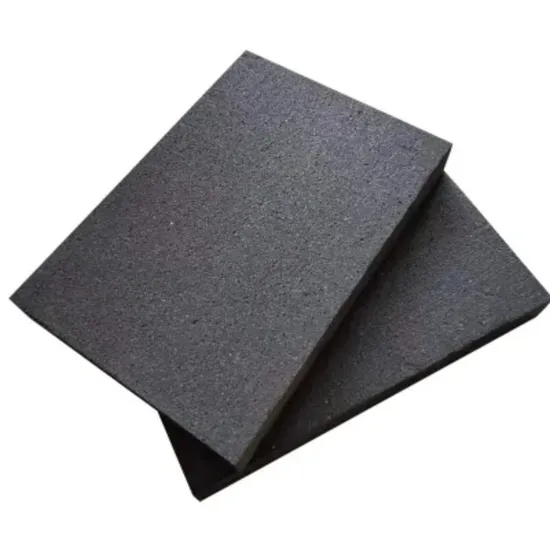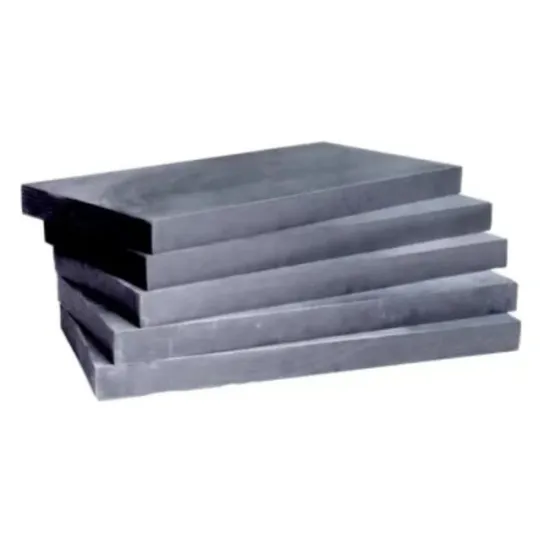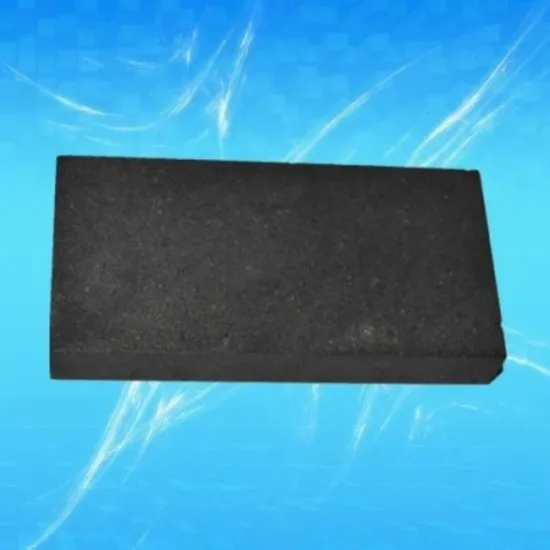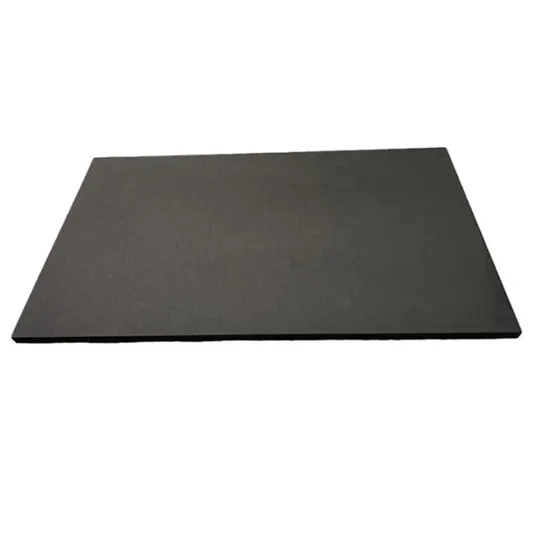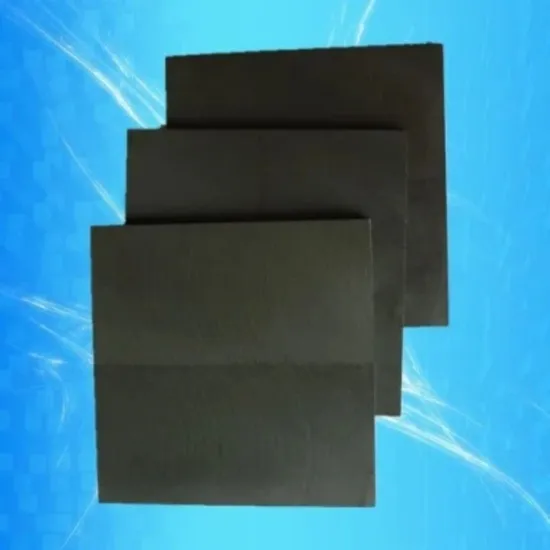What Are Graphite Plates Used For?
Graphite plates are highly versatile materials used across a broad range of industries due to their unique combination of properties, such as high thermal conductivity, electrical conductivity, and resistance to high temperatures. One of the most common uses of graphite plates is in the metallurgical industry, where they serve as components in high-temperature furnaces and crucibles. The ability to withstand extreme temperatures, up to 3000°C, makes graphite plates ideal for melting and casting metals, as well as for use in various high-heat applications.
In the electronics sector, graphite plates are often utilized as electrodes in batteries, fuel cells, and electrolysis processes. Their excellent conductivity ensures efficient energy transfer, making them crucial in the manufacturing of electrochemical devices. Additionally, graphite plates are used in heat exchangers and thermal management systems due to their high thermal conductivity, helping regulate heat in sensitive electronic and mechanical systems.
Graphite plates also play a critical role in the aerospace industry, where they are used in thermal protection systems and high-performance components for spacecraft and jet engines. The material's ability to resist both thermal shock and wear makes it a valuable asset in these applications.
In the chemical industry, graphite plates are often employed as catalysts or in corrosion-resistant applications, where their stability and inertness under harsh conditions are beneficial. Graphite plates are also used in vacuum furnaces, solar cells, semiconductors, and 3D printing, where precise, high-performance material is required.
Furthermore, their use in molds and dies in manufacturing processes is essential, particularly for producing high-precision components in industries like automotive and manufacturing. The material’s lightweight yet durable nature allows for easy handling while ensuring long-lasting performance in demanding applications.
Can You Electroplate With Graphite?
Yes, you can electroplate with graphite. Graphite is a good conductor of electricity, making it suitable as a base material (cathode) in electroplating processes. It is often used when electroplating non-metallic objects. First, the object is coated with a thin layer of graphite to make it conductive.
Then, it is placed in an electrolyte solution containing metal ions, such as copper or nickel. When an electric current is applied, the metal ions are deposited onto the graphite-coated surface. This method is commonly used in jewelry making, art, and electronics. However, for strong adhesion and smooth finishes, surface preparation is important.







